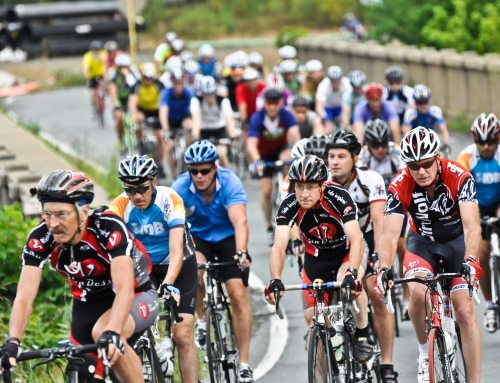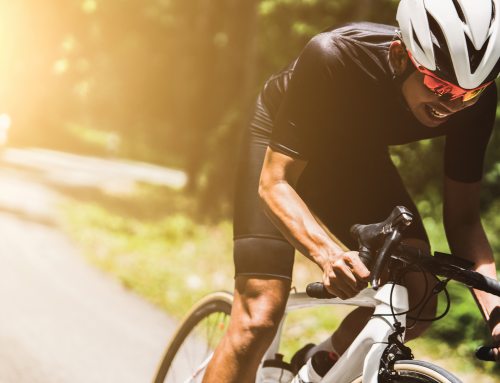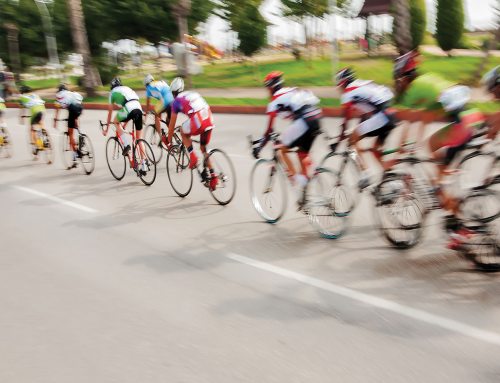By Brian Beatty
It is easy to get caught up in the latest technology and equipment to attempt to improve your performance and cycling experience. However, the area that matters the most is the drive train. Not the chain, derailleurs and gears, but the body powering the bike. Adequate saddle time and strategic training can build cardiovascular fitness, and an off-the-bike strength program can build muscular power. Both are necessary requisites for performance, but research shows that optimizing pedaling efficiency yields the greatest increase in performance once basic cardiovascular fitness is obtained. Investing in your form pays the greatest dividend.
The goal of efficient form is even application of force through the entire circle of the pedal stroke. The concept of even force may not be a new concept to most cyclists. Even so, studies gathering data of actual force applied to the pedals using pedal interface force plate systems show us that most cyclists rob power from the stroke. Everyone gets power out of the front of the stroke when pushing down, but only the very elite actually apply power by lifting up through the back cycle of the pedal stroke. For almost all folks not earning a living riding a bike, the best we can hope for is to get our foot quickly out of the way so we don’t spend the energy of the down stroke power leg lifting the one that is in the back. This information gives insight for where we can improve efficiency.
Without gaining any more power in pushing down, we can improve performance significantly by becoming more efficient at pulling up quickly. Start by focusing on smoothing the pedal stroke by pushing forward across the top and pulling back across the bottom of the circle. Pulling back through the bottom sets up the leg to quickly lift up on the back of the stroke. The pulling up is a movement that primarily occurs with the hamstrings lifting the heel toward the hip and the hip flexors lifting the thigh to the chest.
Clinically we find the hip flexors, particularly the deep iliopsoas muscle, is the most underutilized for pedaling efficiency. The iliopsoas runs from the top inside of the thigh to the front side of the back of the pelvis and front of the spine. This means that it not only pulls up the thigh for cycling power, but stabilizes the hip joint, spine and pelvis, making it a critical muscle for healthy hips as well as cycling performance. This month’s “Core Corner” by Balanced Movement Studio highlights a great cycling-specific exercise for getting up and over cycling performance issues.
# # #
Brian Beatty, PT spends most of his days at Proaxis Therapy in Carrboro helping folks discover how to move better, feel better and get more out of life. When not there, he spends as much time as he can (not as much as he wants) spinning wheels beneath his feet in the surrounding roads and woods. www.Proaxistherapync.com






